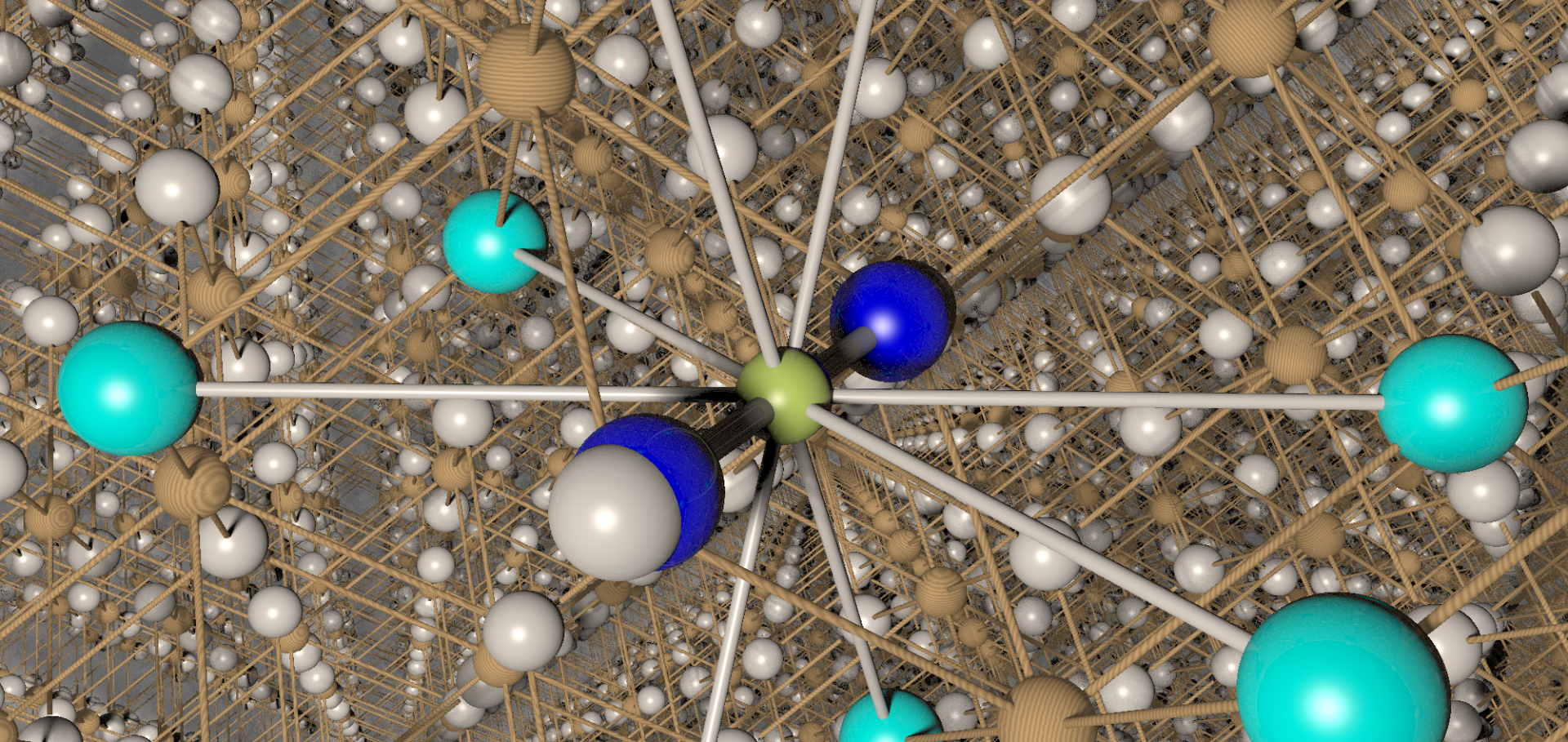The structure of the phase transformation wave in the discrete model of a non-equilibrium phase transition
Journal of Physics: Condensed Matter 7:48 (1995) 9173-9184
Abstract:
The structure of the wave of the phase transformation in the deterministic discrete model of non-equilibrium phase transitions is investigated. In this model each of the cells forming a two-dimensional lattice can be in one of three states: stable, metastable or excited. The transition into the stable state is allowed only through an intermediate excited state. The change of the phase state of each cell is initiated by the variation of a continuous parameter, the 'temperature', taking into account the energy exchange between cells, the phase stability regions and local rules in the neighbourhood of the cell. Taking the square and hexagonal lattices as examples, it is shown that this model possesses the following fundamental property: when the lifetime of the excited states is increased beyond a certain threshold, an abrupt change of the dynamics of the phase transition occurs. The wavefront then acquires a beam-like or fractal-like structure and, in the latter case, the system of cells has a quasicontinuous frequency spectrum of white or coloured noise. The application of this model to the description of non-equilibrium (explosive) crystallization in amorphous metals and semiconductors is discussed.Competition between magnetism and superconductivity in TmNi2B2C observed by muon-spin rotation.
Phys Rev B Condens Matter 52:6 (1995) R3864-R3867
Fermi surface studies of low-dimensional organic conductors based on BEDT-TTF
Physica B Condensed Matter Elsevier 211:1-4 (1995) 275-281
Magneto-optical studies of the heavy-fermion compound CeNiSn
PHYSICA B 211:1-4 (1995) 220-222
Abstract:
Millimetre wave magneto-optical measurements have been performed for the first time on the valence fluctuating rare earth compound CeNiSn and a rich spectrum of sharp features is observed.High-field magnetoresistance oscillations in alpha -.
Phys Rev B Condens Matter 51:13 (1995) 8325-8336


